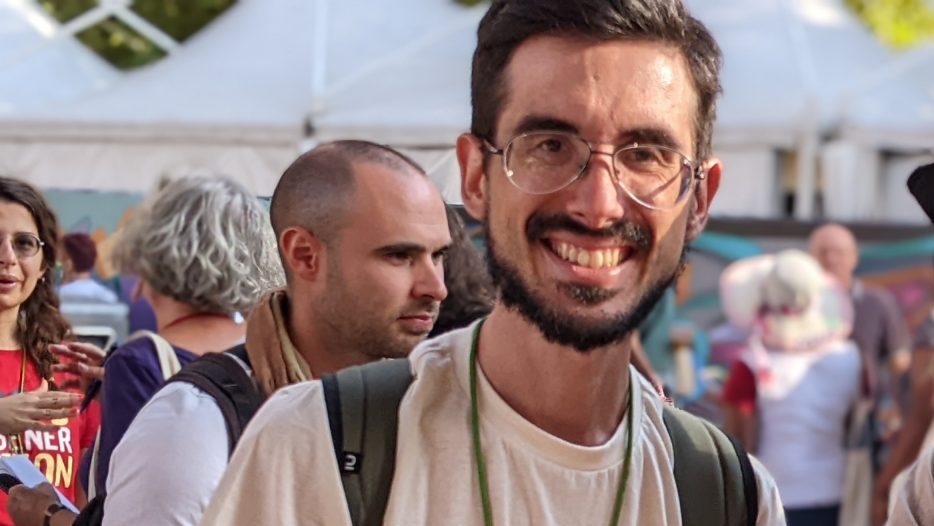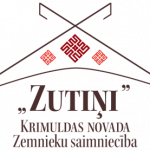In this 8th “Behind the Seeds” episode, we interviewed Lucas Mourão from Belo Horizonte in Brazil at Terra Madre, Slow Food’s convention in Turin last September. Lucas is the coordinator of Slow Food local community in his city, and works for Jaca Verde PANC, where he gives courses, guided tours, landscaping and consultancy on non-conventional food plants. Lucas is always looking for people that work with biodiversity.
Find out more about Lucas and his work to maintain biodiversity and the environment in this article!

Lucas’ work for biodiversity
As coordinator of the local Slow Food community in his city, Lucas Mourão aims to preserve and promote traditional food culture and social biodiversity, mainly that of the Cerrado (the Brazilian savannah), through events, educational activities and taste education workshops.

At Jaca Verde PANC, Lucas seeks to promote biodiversity among the inhabitants of European centres. As Lucas said, educational action for biodiversity is mainly aimed at urban citizens, as they are losing their connection with the natural environment and fruit growing.

The Divine bean

The Divine Bean is a very special bean from Lamim, a town in Minas Gerais.
The name originated from a promise made by an 18th century farmer who was drawn to finance the Divine Holy Ghost festival, a traditional town event, but had no resources for the festival. He prayed to the Holy Spirit for abundance and planted red beans. When the harvest was plentiful, he discovered that some of the pods contained white beans with a red spot in the centre resembling the Holy Spirit. From then on it became known as the “miracle bean” and became part of the town’s history.
What is very curious, however, is that this bean has a “brother” on the other side of the world and with a very different history.
In Poland, it is known as ‘Polska Fasola Z Orzelkiem’ and its red spot is considered the eagle of independence, a symbol of the country’s coat of arms and also a symbol of its patriotism. It is said that in the 19th century, when the Poles were under Russian rule, its cultivation was forbidden by the Russians and so it was planted illegally among the potato crops. It was widespread in the country and was used as a traditional dish on Christmas nights. It went through a period of ostracism and has recently been rediscovered in the country, where it is being promoted by members of the Slowfood Dolnyslask community.

Lucas’ taste for beans
Lucas likes to cook the beans in stews. For exemple, in the Instagram of Jaca Verde PANC, Lucas describes a typical Indian dish, named “Dal Makhani”, a kind of lentil soup (usually called “dal” by Indians), seasoned with various spices and served with some vegetables.
Ingredients:
– 300g lentils
– 500ml water
– Salt & pepper
– 2 Onions
– 2 garlic and a piece of ginger
– 1 tablespoon of coriander seed powder
– 1 tablespoon of cumin
– 1 whole bag of black cardamom
– 1 piece of ground cinnamon
– Half a teaspoon of turmeric
– 1 gold leaf
Preparation: Heat the olive oil and fry the onion with the ground ginger and garlic paste. Then add the ground spices and when the aroma rises in the room, cook the lentils until they are very soft. If you wish, you can cook the chopped tomato with the lentils, or serve it afterwards, with a few drops of lemon.
The taste is incredible! With the smokiness of black cardamom plus its freshness and the exotic combination of cinnamon and spices in a savoury dish.
“Beans are versatile, you can create anything you want with beans.”






